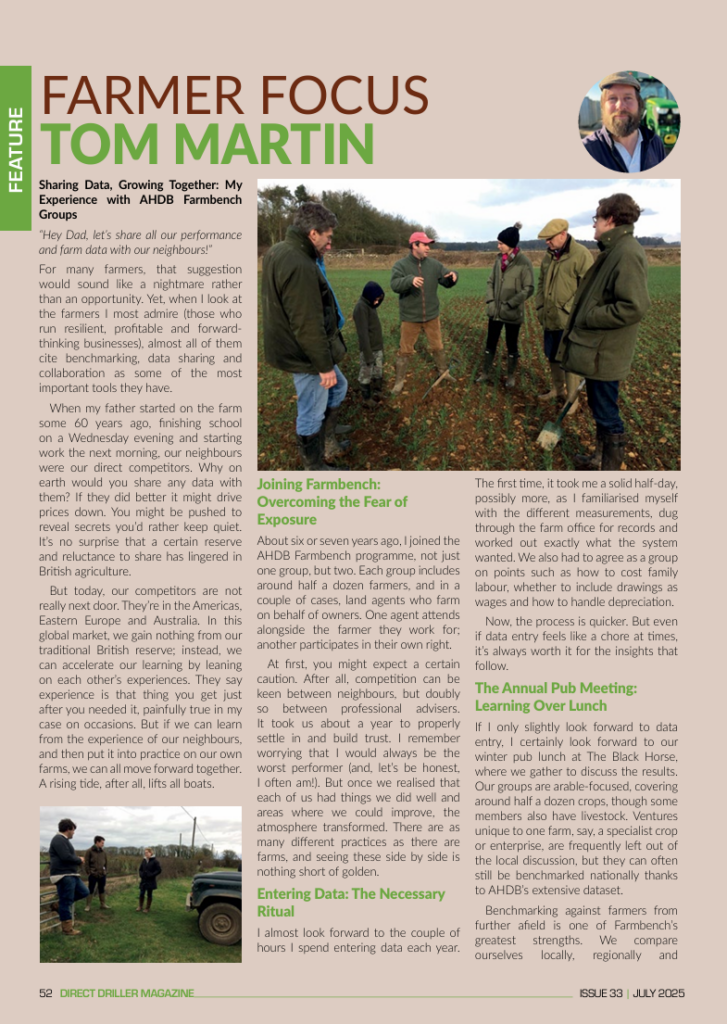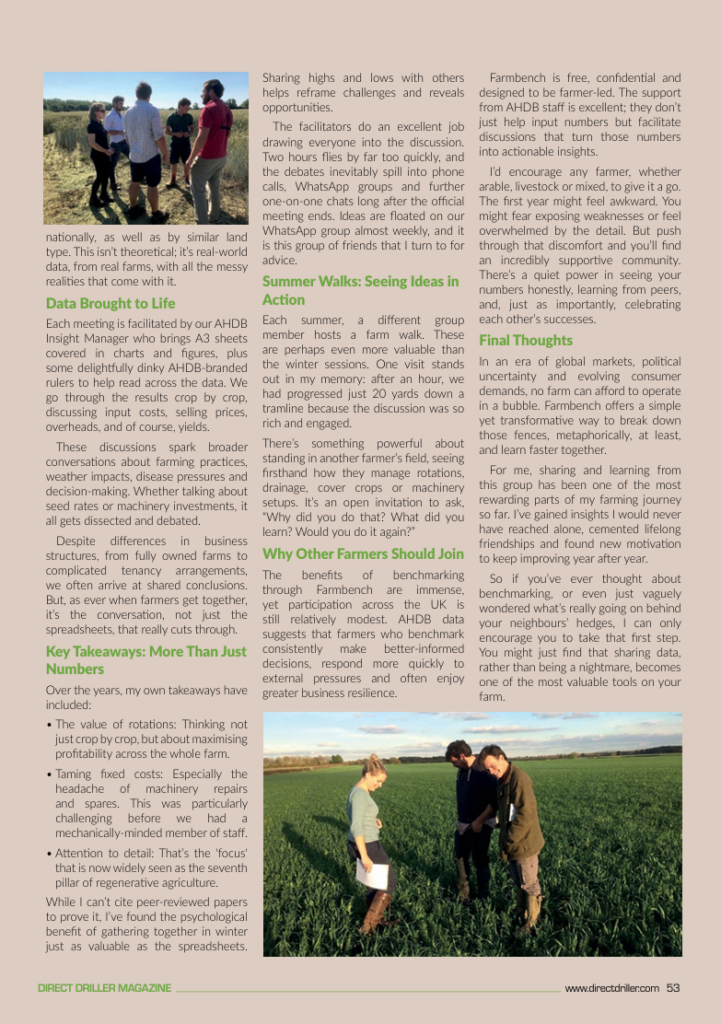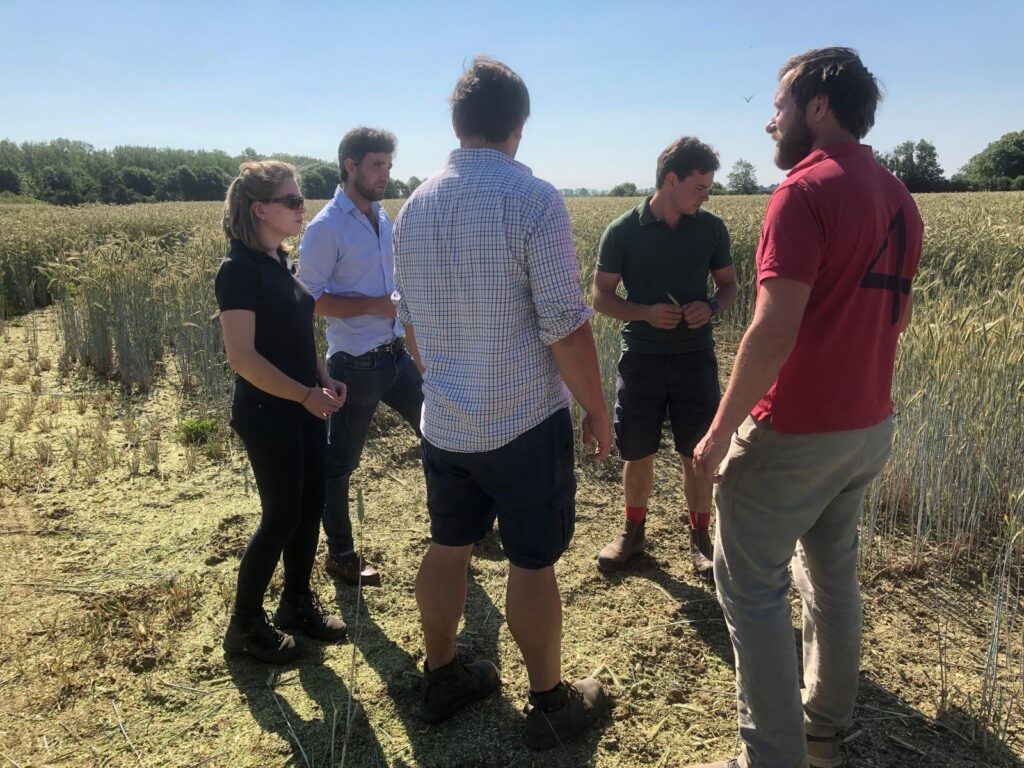Sharing Data, Growing Together: My Experience with AHDB Farmbench Groups
“Hey Dad, let’s share all our performance and farm data with our neighbours!”
For many farmers, that suggestion would sound like a nightmare rather than an opportunity. Yet, when I look at the farmers I most admire, those who run resilient, profitable, and forward-thinking businesses, almost all of them cite benchmarking, data sharing, and collaboration as some of the most important tools they have.
When my father returned to the farm some 60 years ago, finishing school on a Wednesday evening and starting work the next morning, our neighbours were our direct competitors. Why on earth would you share any data with them? If they did better it might drive prices down. You might be pushed to reveal secrets you’d rather keep quiet. It’s no surprise that a certain reserve and reluctance to share has lingered in British agriculture.
But today, our competitors are not really next door. They’re in the Americas, Eastern Europe, and Australia. In this global market, we gain nothing from our traditional British reserve; instead, we can accelerate our learning by leaning on each other’s experiences. They say experience is that thing you get just after you needed it, painfully true in my case on occasions. But if we can learn from the experience of our neighbours, and then put it into practice on our own farms, we can all move forward together. A rising tide, after all, lifts all boats.
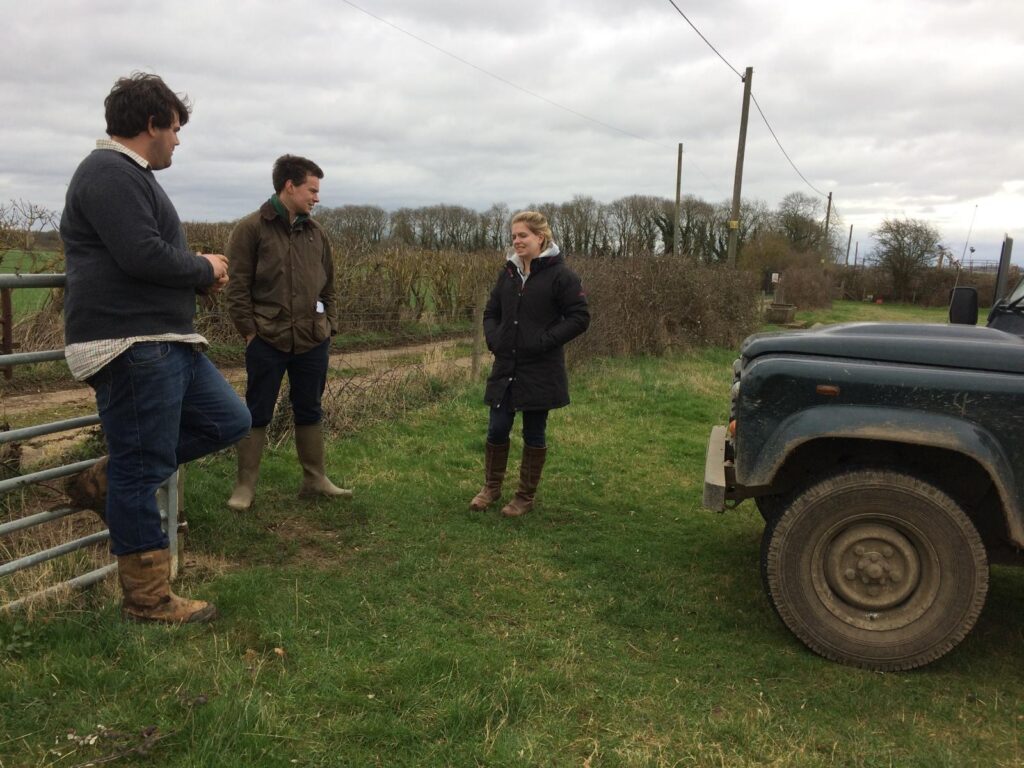
Joining Farmbench: Overcoming the Fear of Exposure
About six or seven years ago, I joined the AHDB Farmbench programme, not just one group, but two. Each group includes around half a dozen farmers, and in a couple of cases, land agents who farm on behalf of owners. One agent attends alongside the farmer they work for; another participates in their own right.
At first, you might expect a certain caution. After all, competition can be keen between neighbours, but doubly so between professional advisors. It took us about a year to properly settle in and build trust. I remember worrying that I would always be the worst performer (and, let’s be honest, I often am!). But once we realised that each of us had things we did well and areas where we could improve, the atmosphere transformed. There are as many different practices as there are farms, and seeing these side by side is nothing short of golden.
Entering Data: The Necessary Ritual
I almost look forward to the couple of hours I spend entering data each year. The first time, it took me a solid half-day, possibly more, as I familiarised myself with the different measurements, dug through the farm office for records, and worked out exactly what the system wanted. We also had to agree as a group on points such as how to cost family labour, whether to include drawings as wages, and how to handle depreciation.
Now, the process is quicker. But even if data entry feels like a chore at times, it’s always worth it for the insights that follow.
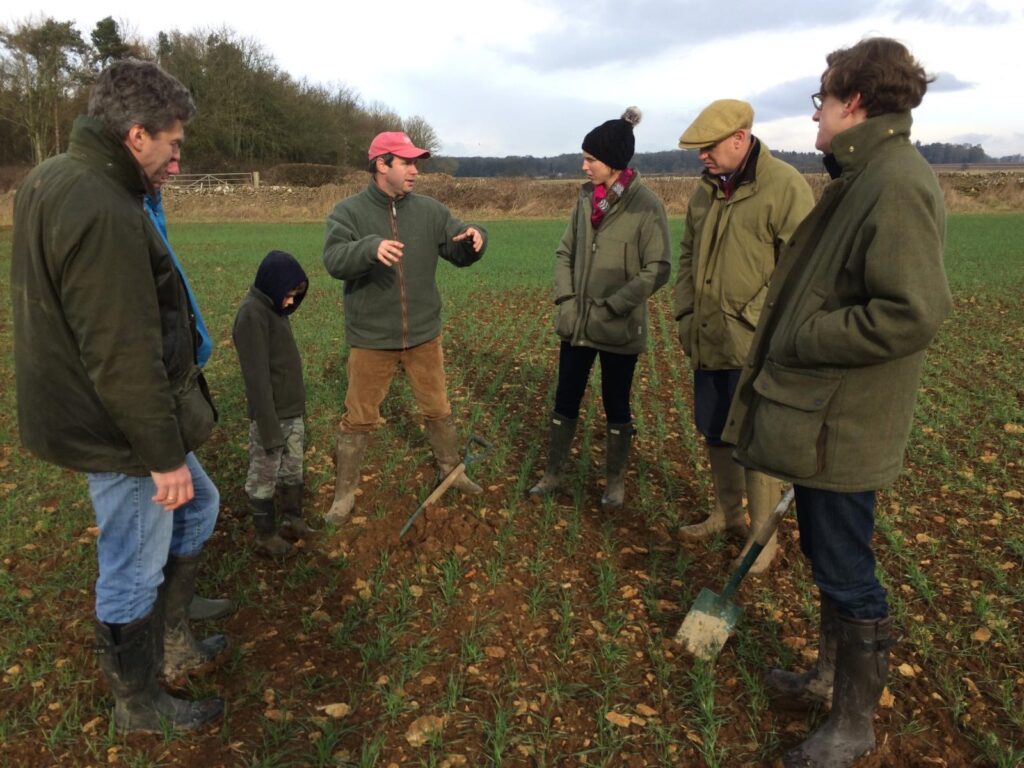
The Annual Pub Meeting: Learning Over Lunch
If I only slightly look forward to data entry, I certainly look forward to our winter pub lunch at The Black Horse, where we gather to discuss the results. Our groups are arable-focused, covering around half a dozen crops, though some members also have livestock. Ventures unique to one farm, say, a specialist crop or enterprise, are often left out of the local discussion, but they can often still be benchmarked nationally thanks to AHDB’s extensive dataset.
Benchmarking against farmers from further afield is one of Farmbench’s greatest strengths. We compare ourselves locally, regionally, and nationally, as well as by similar land type. This isn’t theoretical; it’s real-world data, from real farms, with all the messy realities that come with it.
Data Brought to Life
Each meeting is facilitated by our AHDB Insight Manager who brings A3 sheets covered in charts and figures, plus some delightfully dinky AHDB-branded rulers to help read across the data. We go through the results crop by crop, discussing input costs, selling prices, overheads, and of course yields.
These discussions spark broader conversations about farming practices, weather impacts, disease pressures, and decision-making. Whether talking about seed rates or machinery investments, it all gets dissected and debated.
Despite differences in business structures, from fully owned farms to complicated tenancy arrangements, we often arrive at shared conclusions. But, as ever when farmers get together, it’s the conversation, not just the spreadsheets, that really cuts through.
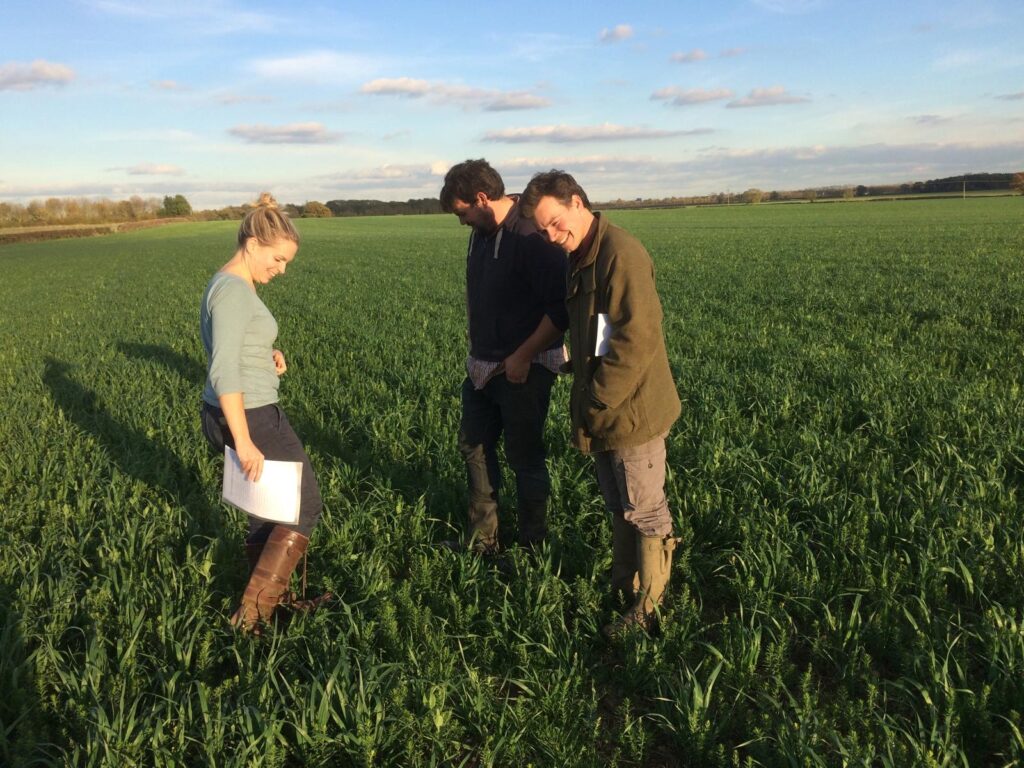
Key Takeaways: More Than Just Numbers
Over the years, my own takeaways have included:
• The value of rotations: Thinking not just crop by crop, but about maximising profitability across the whole farm.
• Taming fixed costs: Especially the headache of machinery repairs and spares. This was particularly challenging before we had a mechanically-minded member of staff.
• Attention to detail: That’s the “focus” that is now widely seen as the seventh pillar of regenerative agriculture.
While I can’t cite peer-reviewed papers to prove it, I’ve found the psychological benefit of gathering together in winter just as valuable as the spreadsheets. Sharing highs and lows with others helps reframe challenges and reveals opportunities.
The facilitators do an excellent job drawing everyone into the discussion. Two hours flies by far too quickly, and the debates inevitably spill into phone calls, WhatsApp groups, and further one-on-one chats long after the official meeting ends. Ideas are floated on our WhatsApp group almost weekly, and it is this group of friends that I turn to for advice.
Summer Walks: Seeing Ideas in Action
Each summer, a different group member hosts a farm walk. These are perhaps even more valuable than the winter sessions. One visit stands out in my memory: after an hour, we had progressed just 20 yards down a tramline because the discussion was so rich and engaged.
There’s something powerful about standing in another farmer’s field, seeing firsthand how they manage rotations, drainage, cover crops, or machinery setups. It’s an open invitation to ask, “Why did you do that? What did you learn? Would you do it again?”
Why Other Farmers Should Join
The benefits of benchmarking through Farmbench are immense, yet participation across the UK is still relatively modest. AHDB data suggests that farmers who benchmark consistently make better-informed decisions, respond more quickly to external pressures, and often enjoy greater business resilience.
Farmbench is free, confidential, and designed to be farmer-led. The support from AHDB staff is excellent, they don’t just help input numbers but facilitate discussions that turn those numbers into actionable insights.
I’d encourage any farmer, whether arable, livestock, or mixed, to give it a go. The first year might feel awkward. You might fear exposing weaknesses or feel overwhelmed by the detail. But push through that discomfort, and you’ll find an incredibly supportive community. There’s a quiet power in seeing your numbers honestly, learning from peers, and, just as importantly, celebrating each other’s successes.
Final Thoughts
In an era of global markets, political uncertainty, and evolving consumer demands, no farm can afford to operate in a bubble. Farmbench offers a simple yet transformative way to break down those fences, metaphorically, at least, and learn faster together.
For me, sharing and learning from this group has been one of the most rewarding parts of my farming journey so far. I’ve gained insights I would never have reached alone, cemented lifelong friendship, and found new motivation to keep improving year after year.
So if you’ve ever thought about benchmarking, or even just vaguely wondered what’s really going on behind your neighbours’ hedges, I can only encourage you to take that first step. You might just find that sharing data, rather than being a nightmare, becomes one of the most valuable tools on your farm.
